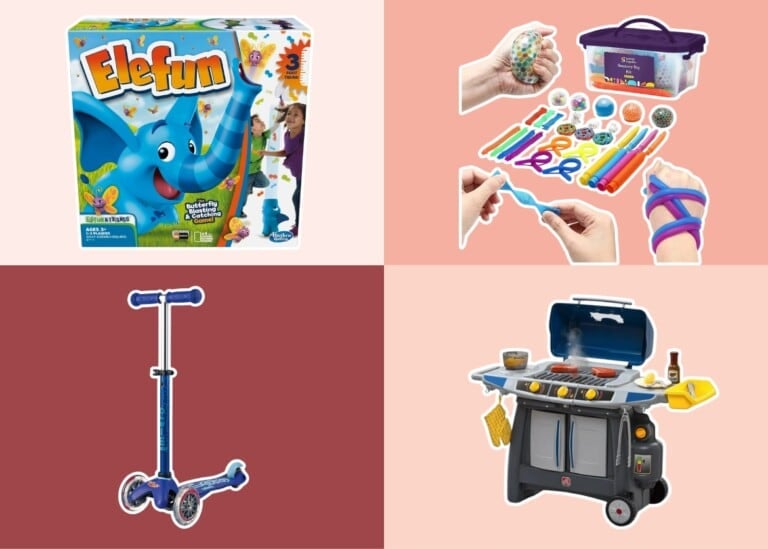The toddler years can be challenging for both mom and tot. Toddlers are just learning about boundaries and can have some pretty strong emotions and reactions. How you handle your little one’s meltdowns truly makes a big difference. While time out may be a well-known or traditional way of handling a toddler’s temper tantrum, more parents are looking to positive parenting and the “time-in method” of managing challenging behavior that typifies the toddler years.1
Let’s look at a time-in and why this approach may work better than a time-out.
What is a Time-In?
So, what is a time-in? A time-in is exactly as it sounds. It’s the opposite of a time-out. Instead of giving your child space to deal with their emotional meltdown alone, you help them check in with their emotions.
A time-in works by having your child sit close to you and allowing them to express their strong emotions instead of asking them to stop. This approach will also help them calm down more quickly by giving them a safe place to express their feelings. The parent can sit and let their child know they understand why they feel a certain way and sit quietly until they calm down. Keep in mind that a time-in does not mean you have to sit and continue to allow your child to misbehave. It’s about being there to let your little one know you understand why they are upset and to help them calm down by calmly addressing the problem.2
Why does Time-In Work?
Time-ins can be extremely effective for multiple reasons and can even be helpful for the parent. It can help you connect with your own emotions and think before reacting. This helps handle your toddler’s tantrums and other aspects of life.
Here are some of the top benefits of time-in for toddlers:
- You establish trust
- Your child feels safe vs. scared and alone.
- Builds connection
- Helps your child learn how to deal with their emotions
- Helps your toddler learn right from wrong by offering an alternative response to the situation
- It can help de-escalate a tantrum faster than a time-out
An example of time-in:
Interested in seeing how time-ins work? Here’s an example of how to implement this method.
If your toddler is playing with a group of friends but continues to take toys away from his playmates, you can calmly step in and ask him to please sit with you and chat. Start by asking if he knows why he is taking a break from playing. This will allow reflection and time for him to answer before a correction is made. Explain to him that you know he is having fun with the toys and his friends, but taking toys away from others can upset his friends. Once he understands, allow him to return to what he was doing. By taking this approach, you avoid a total meltdown, teach right from wrong, and your child still gets to enjoy their playtime! Do you see how this could work in different situations in your day-to-day life? For many parents, this approach is a total game-changer.
What Is a Time Out and Why They Are Not Effective?
Time-outs aren’t always the most effective method of handling a tantrum, and here’s why.
Putting your toddler in time-out does not actually help them learn to balance and regulate their strong emotions. The concept of a time-out relies on children connecting their behavior and the consequence (i.e., the time-out). It also assumes the child can regulate their emotions independently. The reason time-outs are ineffective, particularly in the toddler years, is because the child is left alone and isolated, and only the behavior, not the communication, is addressed.2
Simply put, we don’t help them figure out what is underlying the tantrum in the first place, so they don’t learn how to manage future instances or triggers. In addition, they simply aren’t old enough to regulate these emotions independently. Time-outs don’t necessarily teach children the right way of doing things. They are left to deal with their strong emotions alone but are not given any direction on appropriate responses.2
Is Time-In Right for Your Family?
How you choose to parent is incredibly personal, and there’s no correct answer! How you parent will be what is best for you and your family. However, if time-ins sound like something you want to try, they may benefit everyone in your family.
If you feel like you are constantly dealing with a power struggle with your toddler, try giving time-in a try. You may be surprised at what stepping away from the situation, talking to your child, and letting them express their emotions will do the next time they are presented with a tantrum-provoking situation.































